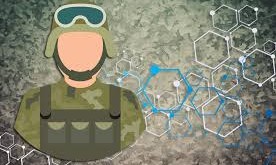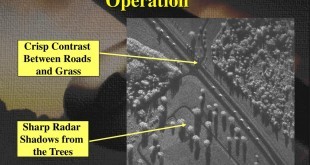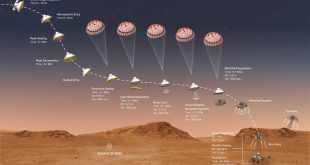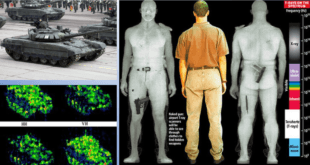Food and agriculture are key elements of the critical infrastructure of every country because they provide products that are essential for life. The United States is a country with a highly developed agricultural sector. Food and agriculture constitute a sixth of the U.S. gross domestic product, totaling more than a …
Read More »UK thrust on Quantum sensors including Quantum accelerometer for future accurate Navigation of submarines and missiles
Sensor technology vital for UK critical national infrastructure is becoming outdated, warn experts at the University of Birmingham-led UK Quantum Technology Hub Sensors and Timing. The current weakness threatens anticipated advances, many involving quantum technologies, across different sectors – including climate change, defence, transportation, energy supplies and healthcare. The warning …
Read More »Smart Home Security Threats , countermeasures and Technology solutions and their Market growth
FBI has reported recent crime data: 7.9 million property crimes were committed in the nation in 2015. Property crimes resulted in losses estimated at $14.3 billion in 2015. Property crime rates have steadily declined over the last ten years. In 2005, 10.1 million property crimes were committed. In 2015, that …
Read More »Advanced Armor materials enhance soldiers survivability by decreasing weight while increasing the level of protection
The wearing of body armour provide troops an unparalleled advantage on the battlefield, improving survivability and reducing casualtiesis. It has also been very effective in reducing injuries and fatalities within the police force and correctional services. Body armor for soldiers is designed to protect them from a variety of …
Read More »Synthetic Aperture Radar sensor provides all-weather, day/night Military long range reconnaissance, surveillance and targeting to Helicopter Landing
In a complex world with unpredictable and constantly changing threats, having better information is the key to staying ahead and mitigating the threats. Security concerns across the global landscape reinforce the need for continuous awareness of one’s environment. A capability that can provide intelligence imagery anytime, in any type of …
Read More »Synthetic Biology has enhanced asymmetric Bio warfare and Bio terrorism threat posed by biological weapons, in response US launches Biodefence Strategy
The COVID-19 pandemic has demonstrated that significant biological threats can and will emerge from nature without warning, demonstrating that a single viral strain can have a profound impact on modern society. It has also demonstrated that infectious diseases can rapidly spread throughout a population without human engineering making them the …
Read More »New product introduction (NPI) processes or program (NPD) insures manufacturability and conformance with the global supply chain
Every year there are huge trade shows where companies reveal all the latest new products in hopes to draw interest from distributors, dealers and prospective customers. There are Auto shows, Electronics shows and Agricultural shows just to name a few. Most manufacturing companies participate in one or more of the …
Read More »Countries like US, Russia and china are racing to deploy ground combat robots or UGVs, and testing their effectiveness on battlefield
An unmanned ground vehicle (UGV) is a vehicle that operates while in contact with the ground and without an onboard human presence. Generally, the vehicle will have a set of sensors to observe the environment, and will either autonomously make decisions about its behavior or pass the information to a …
Read More »NASA Perseverance Rover’s Entry, Descent and Landing on Mars required many Technology breakthroughs
Landing on Mars is hard. Two out of three missions to the red planet have failed. Hundreds of things have to go just right during this nail-biting drop. To get there, will have to fly through about 483 million kilometers (300 million miles) of deep space and target a very precise …
Read More »Terahertz Photonics breakthroughs promise ultrahigh speed communication systems to medical imaging and diagnostics, industrial quality control, and security screening
Terahertz (THz, 1012 Hz) technology is based on light sources with frequencies much lower than of visible light, and slightly higher than of microwaves. Such light sources have a number of unique capabilities, for example that it can propagate through most insulating materials such as paper, plastic, cardboard, clothes etc., …
Read More » International Defense Security & Technology Your trusted Source for News, Research and Analysis
International Defense Security & Technology Your trusted Source for News, Research and Analysis








